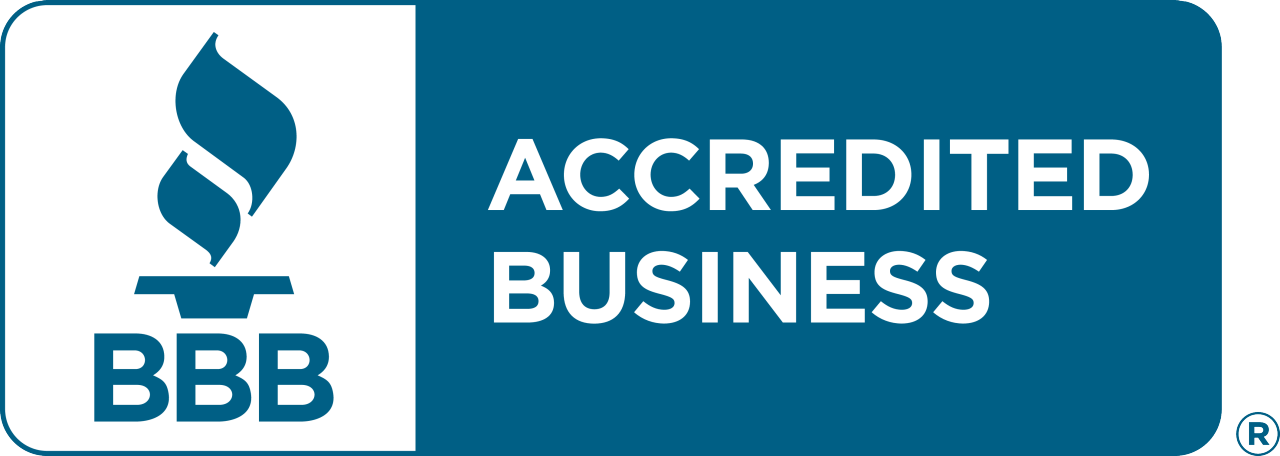If you’re like most homeowners, each month you anxiously await the monthly electric and/or gas bill(s) to arrive and cringe at how much you’ll have to fork over just to keep the lights on, bathe, cook and keep your family comfortable. Those of us in rural communities are feverishly shopping propane and oil prices this time of year to lock in the most affordable rate possible and hope it will last longer than last winter. Energy companies have recognized the burden fluctuating rates and usage can have and have tried to help lessen the blow by offering budget pricing structures, but it really only extends the pain.
If you've been paying attention to your utility bills of late you've probably noticed that they are steadily creeping up and that trend looks to continue into the winter. The biggest uses of energy in our homes are the furnace, boiler, water heater, fireplace, air conditioner and/or heat pump, so naturally, Comfort Control fields a high number of phone calls when that first big utility bill of the season arrives from customers trying to make sense of why their bill has gone up. In short, it’s complicated! There are a number of factors that go into the price you pay each month for gas and electricity and in this blog post we’ll try to simplify and make sense of things with real life bills from the most common provider in our area (Columbia Gas). If you live in an all-electric home or use propane make sure to check back next month when we dive into a First Energy/Ohio Edison electric bill.
13-Month Usage
- Fortunately, Columbia Gas provides a handy chart on each gas bill that shows your historical usage over the past 13 months. This allows you to compare how much gas (Ccf) you used during the same month last year.
- In addition to your usage, this chart also includes whether the meter reading was estimated or actual, the average outdoor temperature during that period of time, what the previous month’s usage was and how many days were in the billing cycle.
- Using the information in this chart, if your usage in any given month is within 5-10% of last year during the same period but your bill has gone up significantly then we need to look a few other places to determine why.
- If the temperature, billing cycle days and time periods are close and the usage (Ccf) has gone up significantly, then it may be time to call in a professional to consider a replacement and/or tune up for your existing equipment or look for a possible leak.
Schedule Service - Note: If your usage for any particular month is estimated instead of actual it is difficult to know for sure and compare whether you actually used more or less gas. It is our recommendation that only actual readings be used for comparison purposes

Figure 2. Side-by-side comparison of Detail Charges from August of 2021 and 2022. Notice the Delivery Charge remains somewhat constant, but the Supply Charges rate has almost doubled and the provider has changed from Volunteer Energy Services to the SCO.

Figure 3. Snapshot of the Columbia Gas Residential Apples-to-Apples Comparison tool. Currently 61 different Customer CHOICE programs are available for Ohio natural gas customers.
Customer Type & Detail Charges
- In our experience the Type of Customer you are will be located in the Account Profile at the top of the bill. This box will typically include whether you are a residential or commercial customer, whether you’re enrolled in autopay, budget pricing and paperless billing and then whether you are in the Customer CHOICE Program or Standard Choice Offer (SCO) program.
- While the type of customer you are is in the Account Profile section, the real information of interest is located in the Detail Charges section on the 2nd page.
- In the Detail Charges section the Delivery, Taxes and Fees are fixed and out of the homeowner’s control. These charges includes Columbia Gas’s fees for the underground gas piping in your neighborhood and to the house, the gas meter itself, maintenance & upkeep riders, a small usage based charge and all applicable taxes and fees. This is why in periods of low/zero gas usage you still receive a monthly bill…this is the cost and convenience of having natural gas available in the event you need it.
- If your bill indicates you are a Standard Choice Offer (SCO) customer this means you are buying your natural gas from one of six suppliers selected by the Public Utility Commission at auction (DTE Energy in this example) and are subject to a monthly variable gas rate based on the New York Mercantile Exchange price. The chart at the top of this post shows that this SCO rate has gone from $0.35/Ccf in January 2021 to $1.10/Ccf in September 2022, a 314% increase in less than 2 years!
- As you can see from the real life example, the delivery charge has gone up approximately $2.00 in 1 calendar year, however the usage rate has increased from $0.56630/Ccf to $1.03370/Ccf. You'll also notice that this particular account was on the Customer CHOICE program through Volunteer Energy Services in August of 2021 and in August of 2022 had reverted to the Standard Choice Offering (SCO).
- If your bill indicates you are a Customer CHOICE Program customer this means that you have likely signed an agreement with a 3rd party energy provider to supply your natural gas for a pre-determined amount of time. Depending on the rate, term and monthly fees this may or may not be to your advantage. Ohio Natural Gas consumers have the ability to compare and select natural gas suppliers using the Apples-To-Apples comparison tool at the following link: https://energychoice.ohio.gov/ApplesToApplesComparision.aspx?Category=NaturalGas&TerritoryId=8&RateCode=1
- If a homeowner would like to contract with a 3rd party provider it is always Comfort Control's recommendation that they review and understand any contract they agree to, including whether there are any monthly or early termination fees. Currently 61 different providers are listed as being available on the Apples-to-Apples website.
So What Next?
Energy costs are on the rise and all indications are that they'll continue to increase for the foreseeable future. Don't wait until that first high utility bill smacks you in the face to do something about it and be proactive instead of reactive.
- Check out your most recent gas bill and determine whether you are enrolled in a standard choice or customer choice option. Either way, use the Apples-to-Apples comparison tool and determine whether switching plans and locking in a lower rate makes sense for your home.
- Have you been planning to upgrade insulation, doors, windows or roofing for your home? It may be worth considering a more costly, energy efficient option to help offset increased energy prices on the horizon. Talk with your contractor or material supplier about options and tradeoffs and determine what is best for your budget.
- If you haven't already, consider upgrading your thermostat to a programmable model that allows you to set the temperature back 2-3 degrees during periods you're asleep or away from the house. If you're always on the go and a set schedule doesn't work, some newer models come with wireless occupancy sensors that know when you're home or away and automatically adjust themselves.
- Consider upgrading to dual fuel system, geothermal or a high efficiency heat pump. All three of these options can be appropriate depending on the existing heating and cooling equipment in your home. With the recent passing of the Inflation Reduction Act significant tax credits and state rebates will soon be available for homeowners interested in upgrading their HVAC system with a heat pump which will make this option even more attractive to most.
- Upgrade your existing furnace or boiler to a newer, more efficient model. Historically, many gas/propane furnaces and boilers were manufactured with efficiencies ranging from 80% to 93%. This meant that there was a significant amount of heat (and $$) that went up and out the flue pipes instead of into your home. Within the past 15-20 years manufacturers have made significant improvements in the efficiencies of gas furnaces and boilers and equipment with efficiencies of up to 99% are now available! This means that for every dollar of natural gas your heating system burns that almost every bit is used to keep your home comfortable.
- If you are considering any type of HVAC or water heating efficiency upgrade make sure to contact the professionals at Comfort Control and we'll be happy to provide our expertise and assistance. If you have access to electronic copies of your most recent utility bills any of our sales associates will be happy to review them with you and provide an estimated savings for any option you are considering.

Figure 4. Both Lennox and Amana boast a complete lineup of energy efficient HVAC options that can help reduce your total utility usage. Note: Just because your usage is less, does not necessarily mean your bill will be less if the rate increases.








